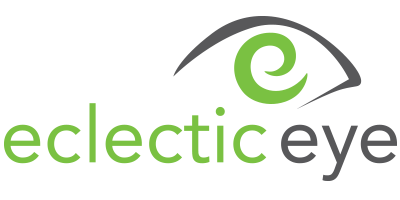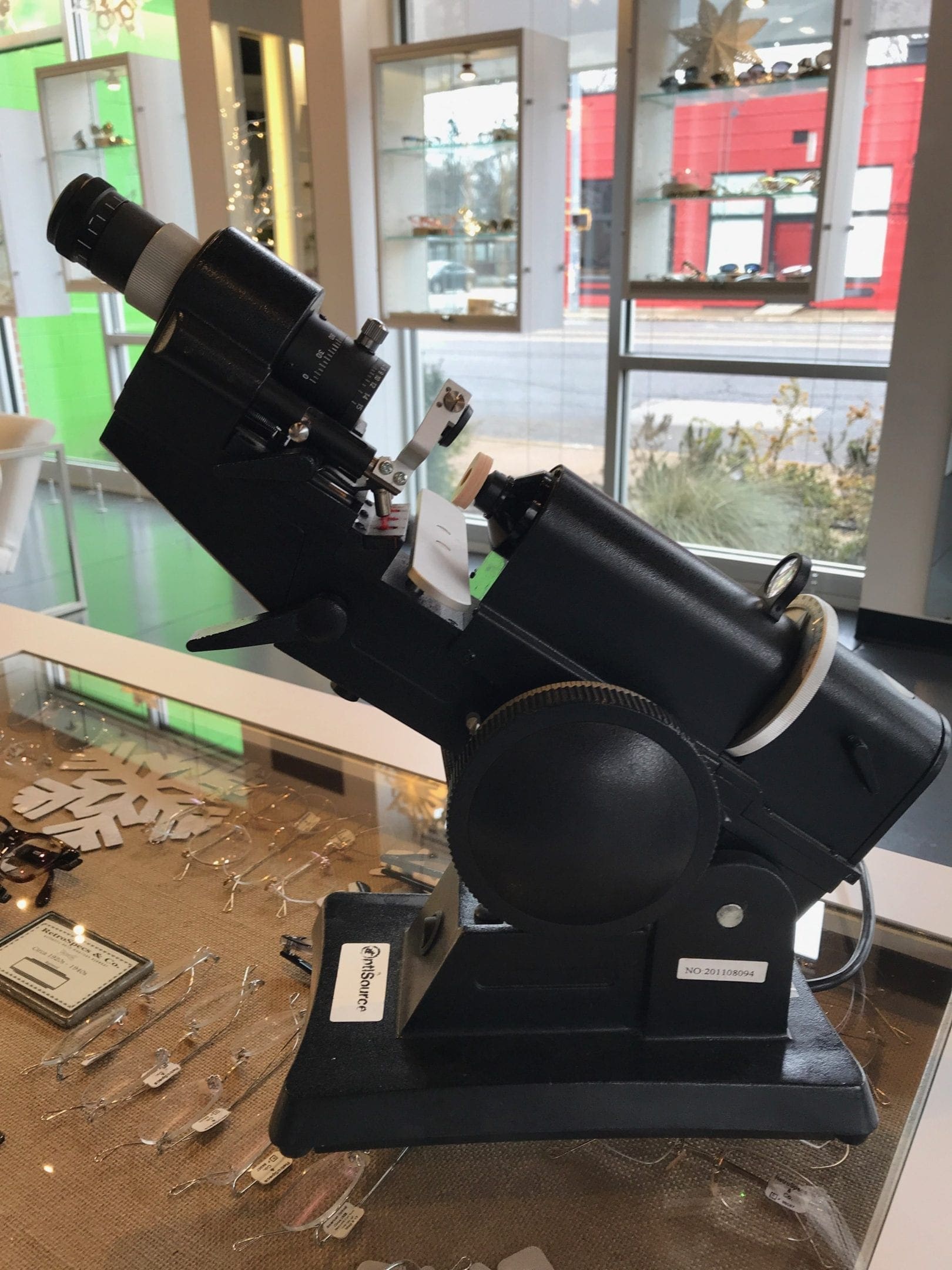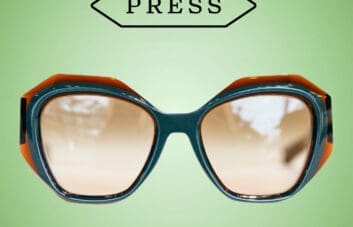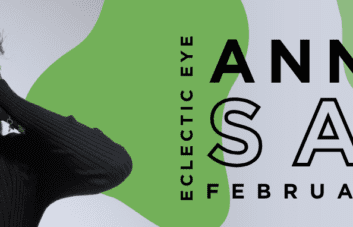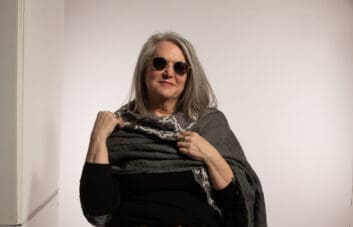You might often hear our opticians telling customers that “anyone would be happy to help you!” and it’s true. We take a unique approach to training so that anyone on the dispensary floor can assist you with any question. Aside from guiding you to the perfect frames, Eyewear Architects can help you with a number of tasks. Teamwork is key when it comes to this skillful yet multi-tasking approach. Learning to be an expert optician first and foremost is a big part of this process.
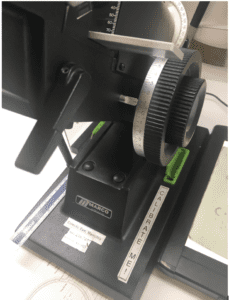
History of Lensometry
An optician is defined by the Opticians Association of America as “a vision expert; a health professional specially trained to supply, prepare, and dispense optical appliances through interpretations of written prescriptions. An Optician is an integral part of the vision care experience that adheres to exacting standards in order to enhance your vision.” At Eclectic Eye, we take this very seriously. In addition to ongoing training, we participate in the state licensing process and the national certification testing. This allows us to maintain our high standards while continuing to contribute to the overall protection of an important profession.
One of the first steps to being a great optician is lensometry. Lensometry allows us to verify that the lab supplies your lenses with the correct parameters and it allows us to troubleshoot any issue after the initial dispense. The beginnings of the lensometer – the tool used for lensometry – coincided with the development of photography. Since both rely on lenses to manipulate light, many of the inventions for photography were used when developing optical equipment. AAntoine Claudet invented the photography meter and focimeter in the late 1840s, allowing him to perfect the art of portraiture. Herman Snellen took this a step further in the 1870s with the invention of the phakometer, which lead to a patent for first projection lensometer in 1922. Since then, the optical industry has improved the technology, but the overall application remains the same.
Modern-Day Lensometry
The lensometer looks like a microscope. To evaluate a lens, an optician will look through the eyepiece and use the dials on the side to focus reticles on a grid to determine if the prescription is correct and that the optical center is as requested. Our outside lab partners check using the same method, but we want to ensure internally for quality assurance. Once the lenses are cut to fit the frame Chris, our lab guru, confirms accuracy with the lensometer.
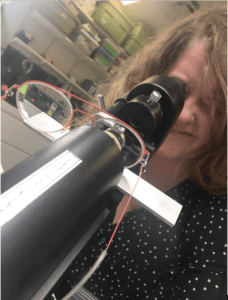
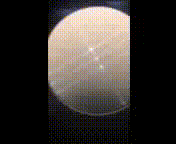
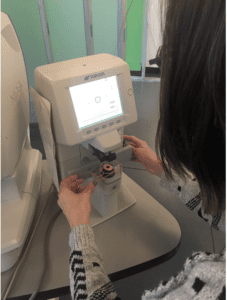
The auto-lensometer came onto the optical scene and provided a faster way to verify prescriptions and fittings. If you’ve had an eye exam at Eclectic Eye you’ve seen us use our auto-lensometer during the pre-test portion of the exam. The auto-lensometer is a speedy way to get a baseline reading of lens power and general design parameters, however, the standard manual lensometer is our go-to when verifying the prescription for your glasses in the lab. The manual component allows for a more exact reading and, in turn, better clarity for the wearer.
Training is on-going at Eclectic Eye to keep all Eyewear Architects up to speed on any optical instrument or process that contributes to our customers getting the perfect pair of glasses, including advancements in lensometry. Come to our dispensary in midtown to meet our knowledgeable staff for yourself.
by Lindy Faulkner, ABOC, NCLEC, Retail Manager
